
Agrandissement : Illustration 1

-------------------------
This year marks the 50th anniversary of Algeria’s accession to independence, after 132 years of French colonial rule. The bloody seven-year war for independence, which left hundreds of thousands dead and which was fought with barbarity on both sides, officially ended with a cease-fire in March 1962. Despite the passing of five decades since, relations between the two countries have remained strained, clouded by bitterness and taboo, which President François Hollande this month took a significant step towards lifting with his official recognition of the massacre by Paris police in October 1961 of hundreds of Algerians during a pro-independence demonstration in the capital.
Between 1954, when the war for independence began, and 1962, the population in France of what were then called ‘French Muslims of Algeria’ rose from 220,000 to 350,000, most of them manual workers, some with families, employed in industrial and construction activities. Many of them lived in or close to poverty, in shanty towns and hostel barracks concentrated around France’s major cities, ill-educated and un-integrated into a society that increasingly regarded them with suspicion amid the escalating violence of the independence war.
The result was a community that lived, both physically and culturally, in segregation from the wider population, an alienation sealed by mutual resentment and which has left a poisonous heritage to this day.
In 1955, the late and celebrated French photographer Pierre Boulat, a regular contributor to the magazines Life, Time, National Geographic and Paris-Match, embarked on a series of photo-reportages capturing the daily life of the Algerian immigrant population in France, a selection of which Mediapart presents here.
Some of the black and white prints are also currently on show, along with numerous other photos and documents, at a Paris exhibition that opened this month at the French National Centre of the History of Immigration. Entitled Vies d'Exil, 1954-1962, des Algériens en France pendant la guerre d'Algérie (‘The lives in exile, 1954-1962, of Algerians in France during the Algerian War’), the exhibition lasts until May 19th 2013.
-------------------------
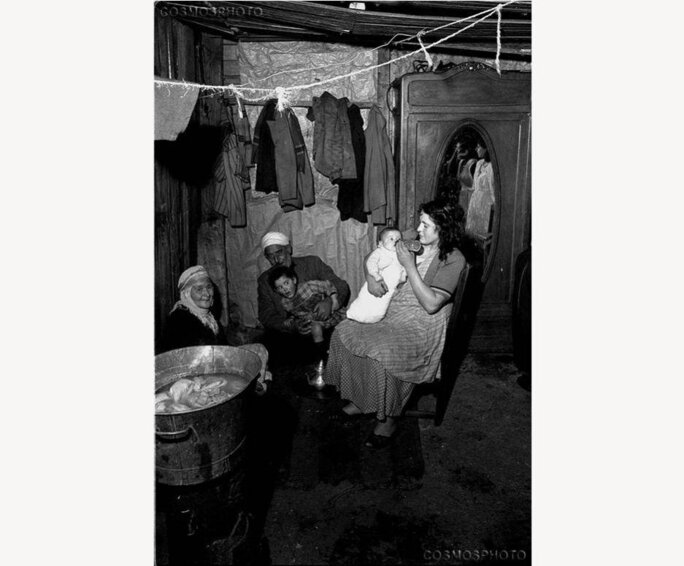
Agrandissement : Illustration 2


Agrandissement : Illustration 3

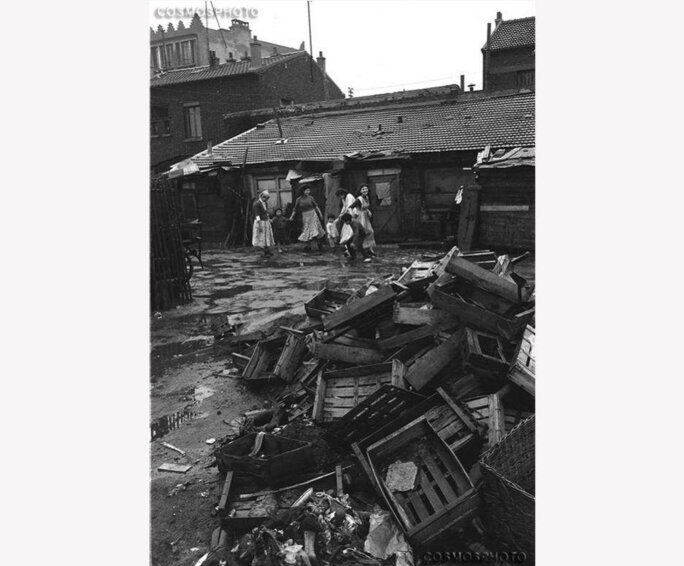
Agrandissement : Illustration 4


Agrandissement : Illustration 5

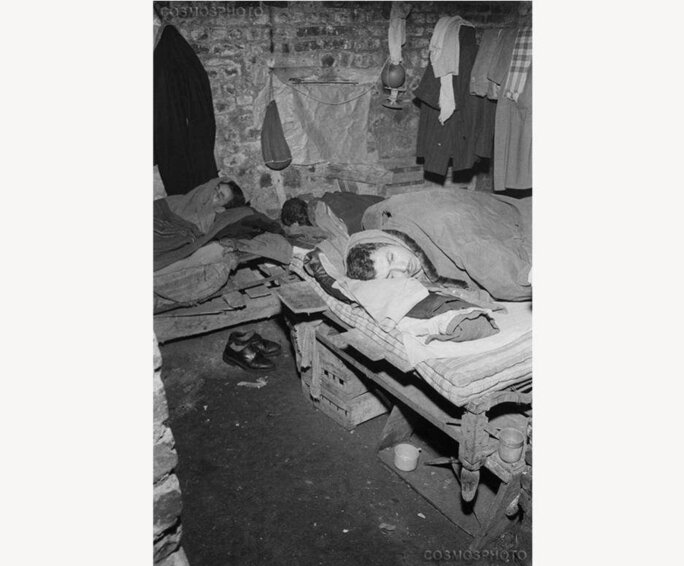
Agrandissement : Illustration 6


Agrandissement : Illustration 7
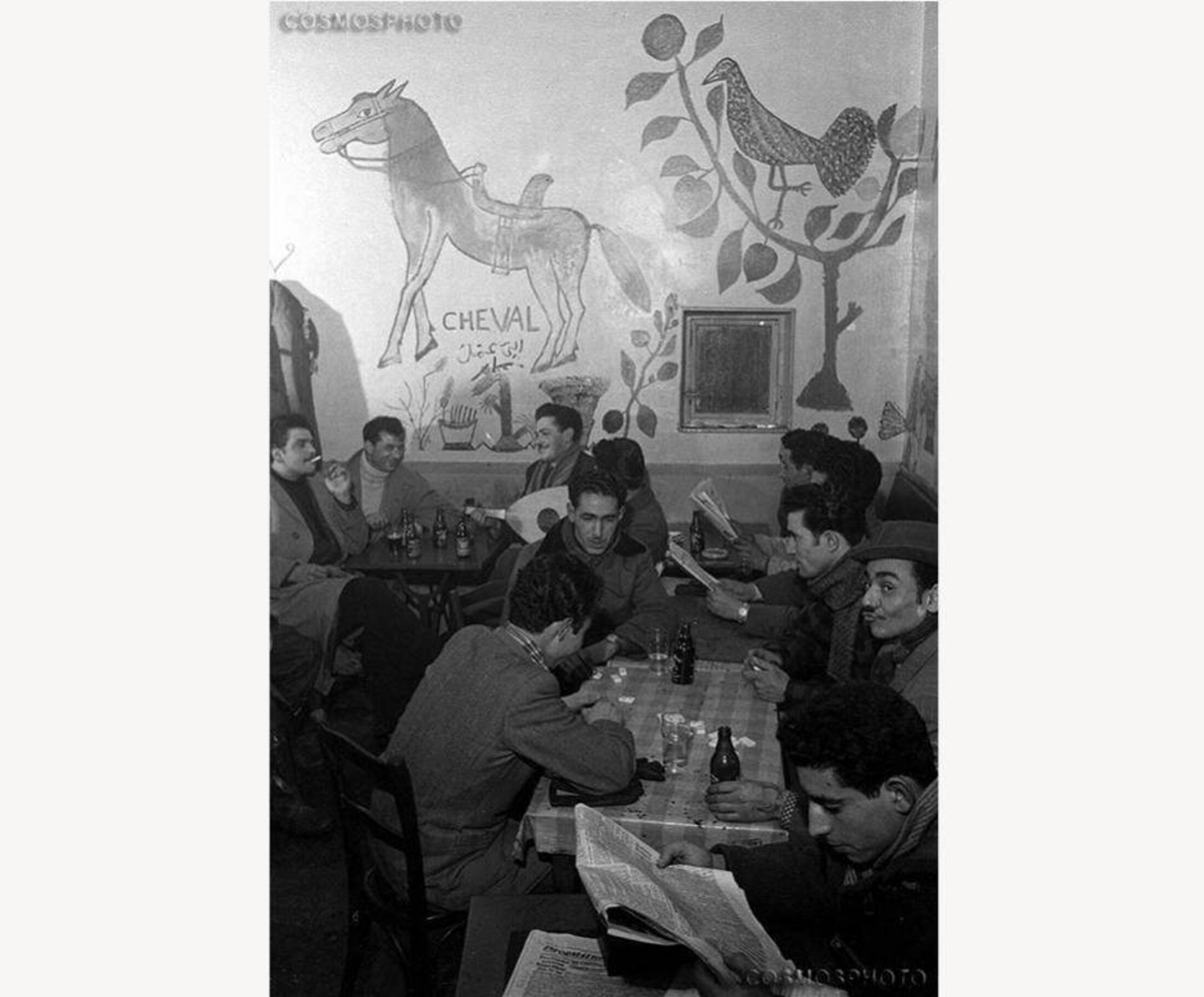

Agrandissement : Illustration 8

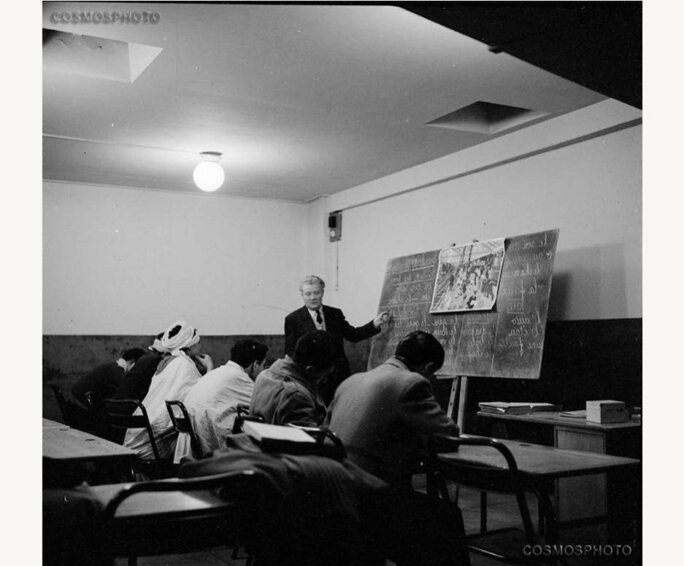
Agrandissement : Illustration 9


Agrandissement : Illustration 10


Agrandissement : Illustration 11
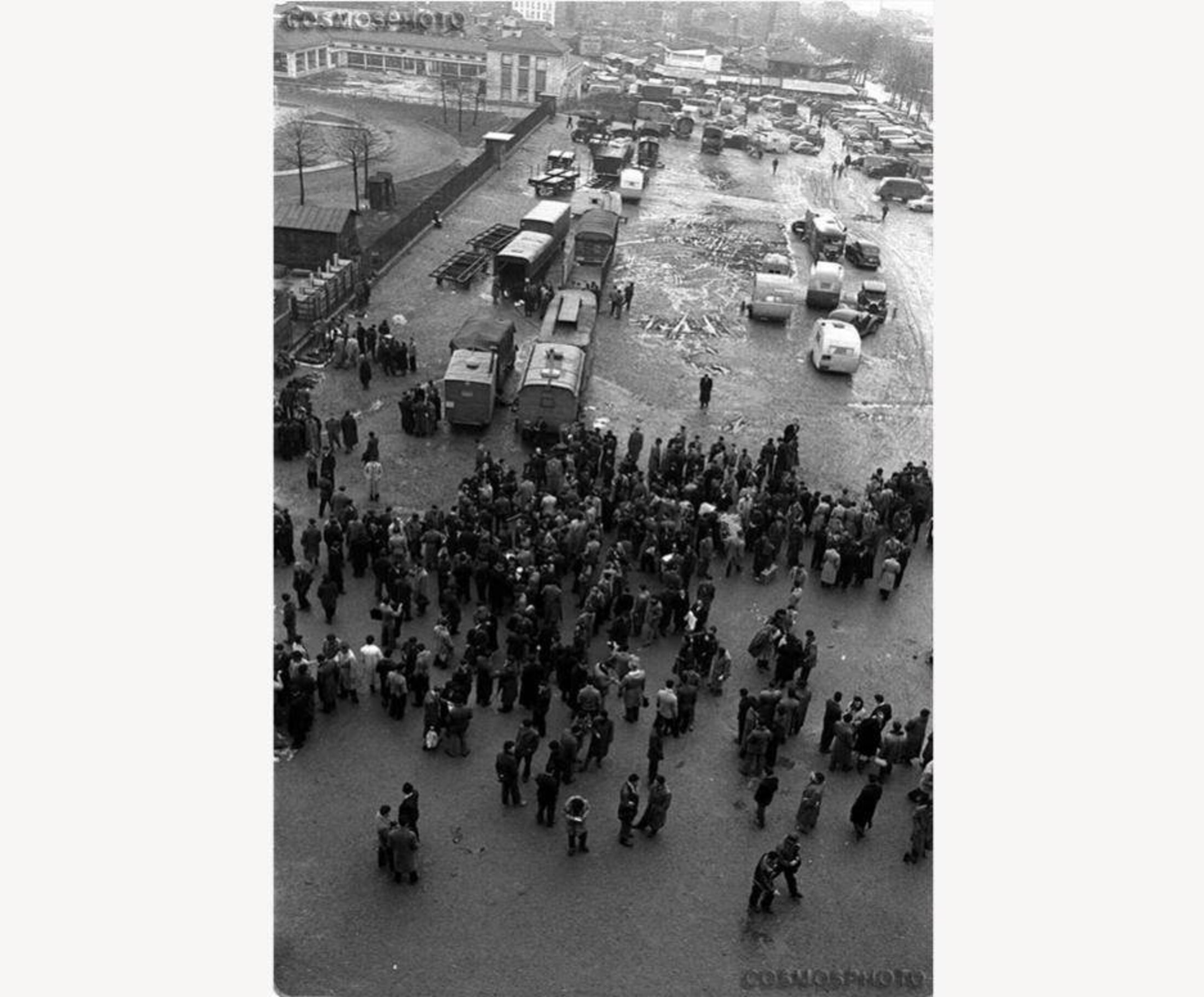

Agrandissement : Illustration 12

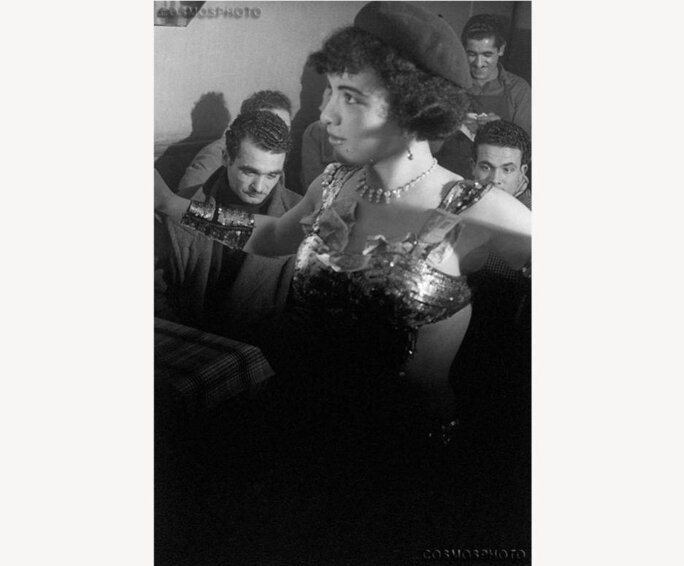
Agrandissement : Illustration 13

12: A bellydancer performs in front of metal workers in a bar in Courbevoie, a suburb west of Paris. Bank notes given to her in appreciation are placed in her costume top straps.

Agrandissement : Illustration 14


Agrandissement : Illustration 15

14: Abdel Krim Bouzekkar (right), a security agent for a Paris factory, is one of those who climbed the ladder. He was able to buy the apartment where this photo was taken with a 20-year finance loan, allowing him to bring his wife and children to France.


